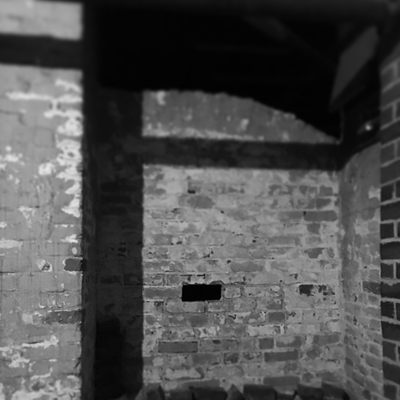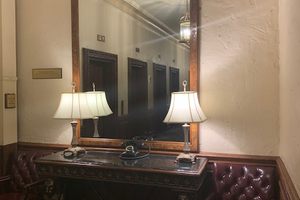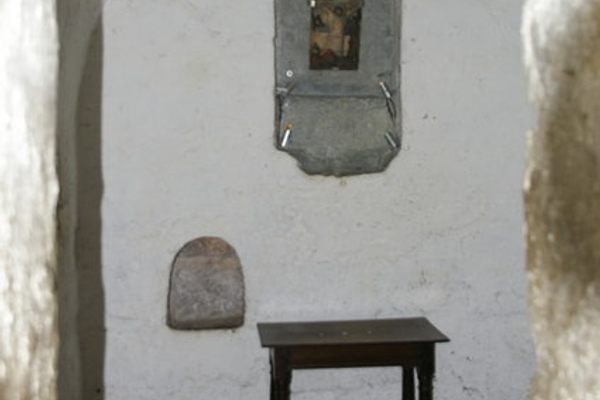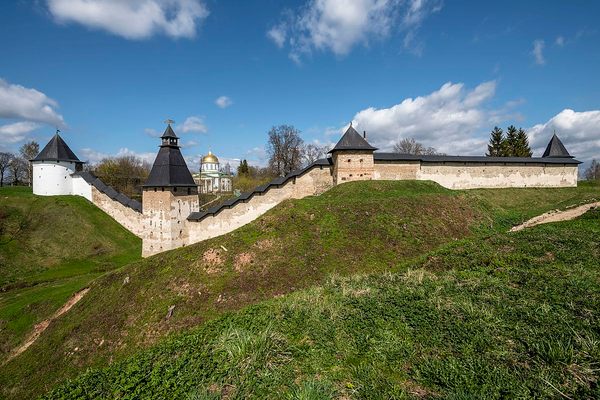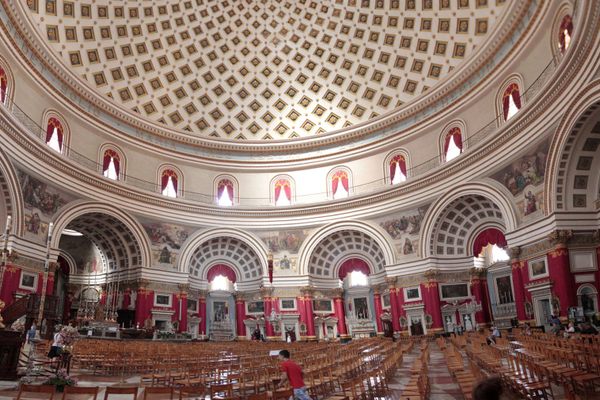About
As the population of Puritan-dominated Boston grew over the second half of the 17th century, the number of Anglican residents did as well, leading to the establishment of King’s Chapel in June of 1686. But the Puritan residents of Boston did not allow the Church of England in quite that easily.
The chapel's first minister, Robert Ratcliffe, along with the widely hated Royal Governor Edmund Andros, spent two years unsuccessfully searching for suitable land to build the church on. Finally, the Royal Governor seized the corner of the Old Burying Ground, which is now known as King’s Chapel Burying Ground, despite it predating the Anglican church by over 50 years.
The wooden chapel was completed in 1688, and expanded in 1754 out of sturdier granite. During the reconstruction, the congregation decided to include a crypt beneath the chapel. Twenty-one tombs were installed and purchased by some of the most prominent families in Boston.
The most significant burials include Governor William Shirley, merchant Joseph Barrel, and respected physician Thomas Bulfinch. Bulfinch’s son, Charles, was the architect who designed the current Massachusetts State House and worked on the U.S. Capitol dome, along with many other architectural contributions. He was originally buried in their family tomb at King’s Chapel, but was moved to Mount Auburn cemetery by his son around 1850. Shortly thereafter, the church decided to close the tombs, as crypt burials fell out of fashion due to the rising popularity of rural cemeteries like Mount Auburn.
Tomb 21, located directly under the bell tower, is known as the “Strangers’ Tomb.” It contains around 30 to 50 individual burials, most likely people who came from outside the city of Boston and died without means to pay for a burial. There is one notable burial in the Stranger’s Tomb, that of the Chevalier de Saint-Sauveur, a French Naval officer killed in 1778.
The Chevalier was a lieutenant aboard Le Tonnant, a French ship on its way to the Revolutionary War, when he got caught up in a riot that broke out near the wharf. He was killed by a blow to the head as he and other officers tried to break up the crowd. The Massachusetts government, trying to ease tensions with the French, promised to give the Chevalier a proper burial and a monument. He was quietly buried in the Strangers’ Tomb to avoid further controversy, as Catholicism was still illegal and stigmatized in Boston.
The monument itself was delayed by the chaos of war and the formation of the new nation, as well as the intention that the Chevalier would be moved to a place of greater prominence, where an appropriate memorial could be constructed. But he stayed in the Strangers’ Tomb and the monument was finally constructed in 1916. It stands on the Tremont Street side of the church, to the left of the main doors.
King’s Chapel was host to a number of more public funerals including of Revolutionary leader Joseph Warren, Senator Charles Sumner, Oliver Wendell Holmes, and other prominent Bostonians.
Related Tags
Know Before You Go
General admission to visit the sanctuary is $5 per person. Tours of the crypt and belfry (the “Bell and Bones Tour”) cost $15 for Adults, $10 Students/Seniors. The schedule is usually hourly, but it is highly recommended to check the website when planning your visit. As an active church, there are often services and other events that may affect hours.
Published
September 28, 2018


